Arts + Culture
- integrate design in everyday life
- to bring everyone from all places to one
- aspires to become a global cultural hub






Arts + Culture










What is HOPE?
HOPE (my definition)
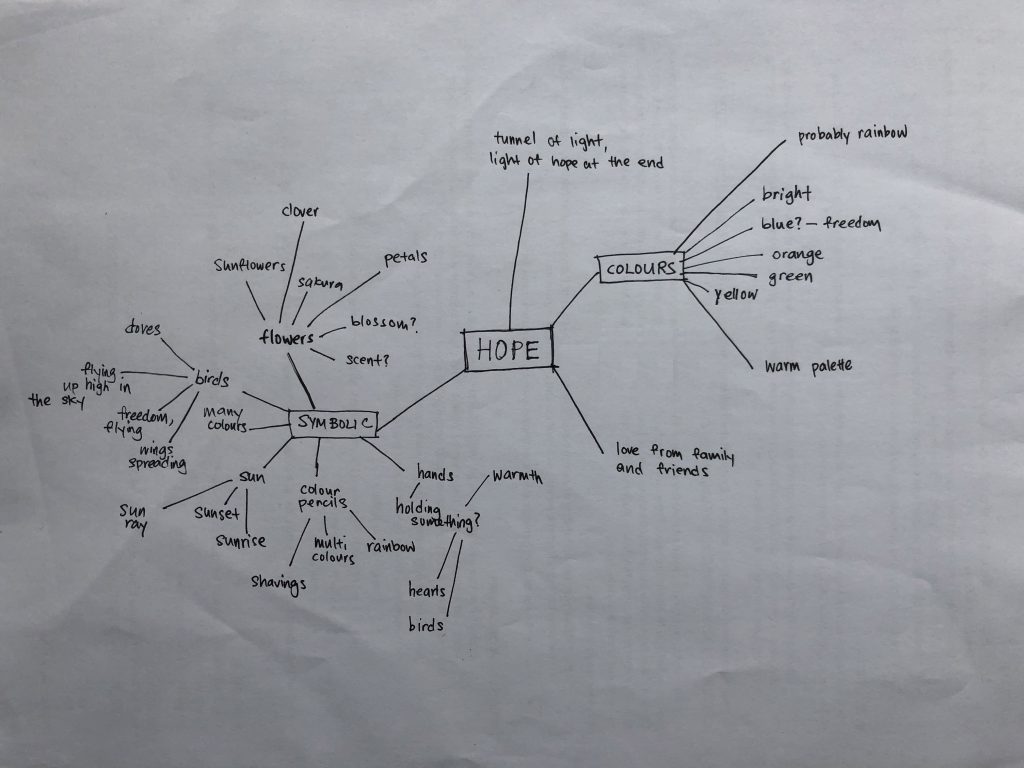
Initial Sketches
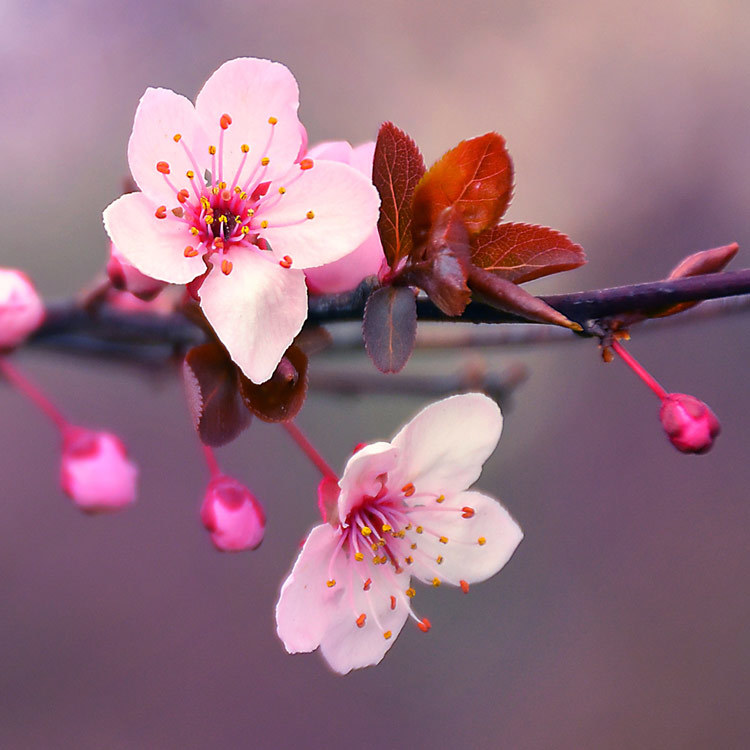
Sakura are also revered as a symbol of rebirth. The Japanese, believed that sakura represented the mountain deities that transformed into gods of rice paddies, hence cherry blossom trees signified agricultural reproduction.
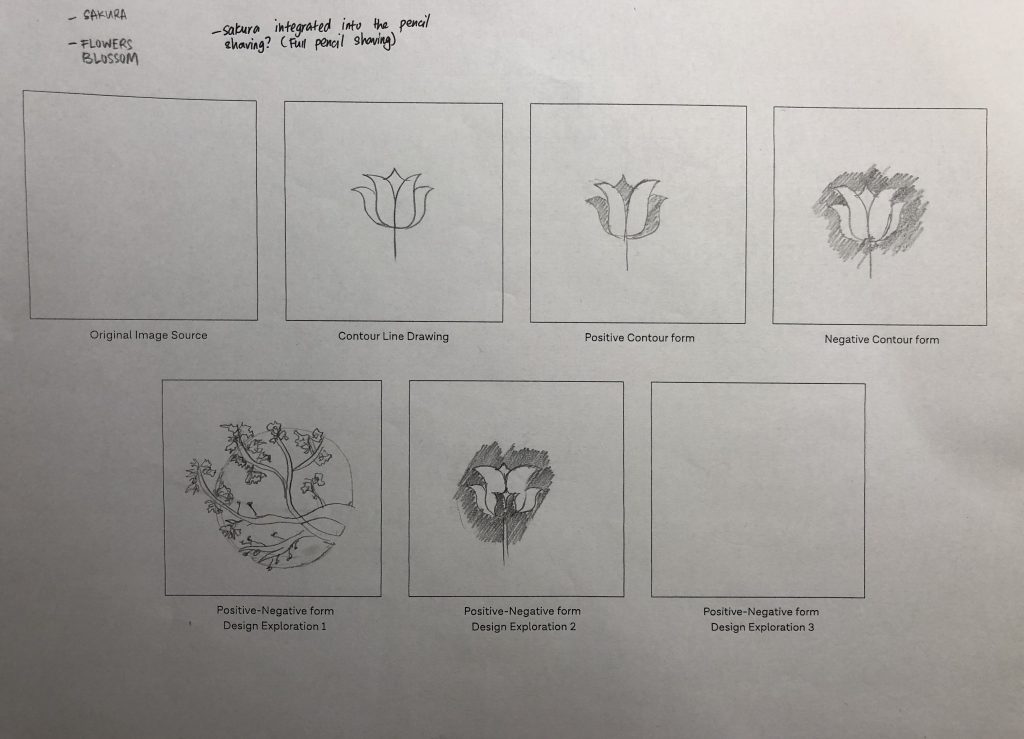
Idea one; initially I wanted to emphasize only on one sakura, the simple form of a sakura. I wanted to portray hope by using the idea of flowers blooming in the sense of a rebirth, a new life. My first exploration was to have a part of a sakura tree growing out of the circle instead of containing them within it, sort of portraying it’s growing “out of the box”. Second exploration was to have a sakura within a sakura, where a flower is growing within another flower, to portray another new life is soon to blossom.
 Sunrise represents a start of a brand new day. A fresh new start, that gives hope for the person. A heartwarming sunrise, and looking at how the sky slowly changes colour.
Sunrise represents a start of a brand new day. A fresh new start, that gives hope for the person. A heartwarming sunrise, and looking at how the sky slowly changes colour.
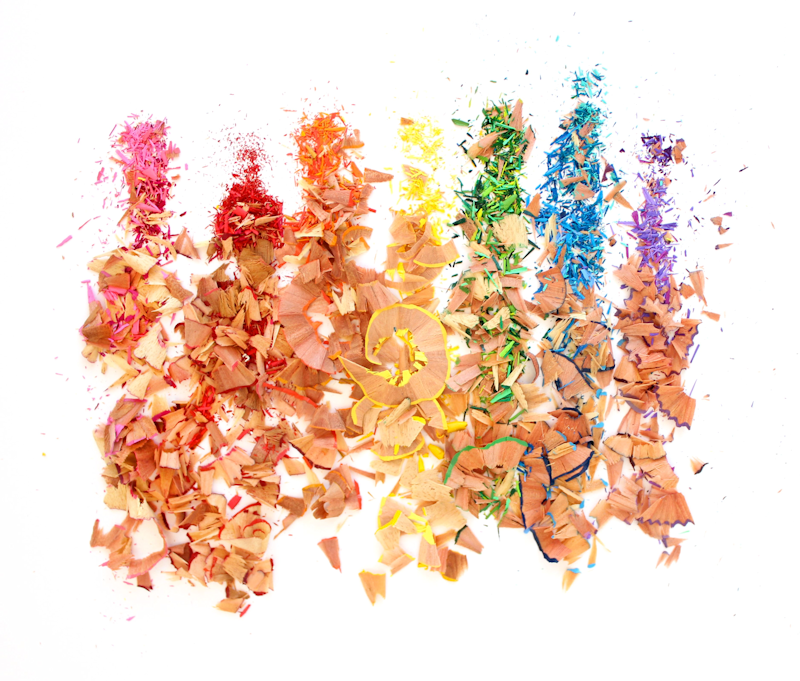
Colours often represents like ‘adding life’ onto something dull be it drawings for kids or metaphorically.
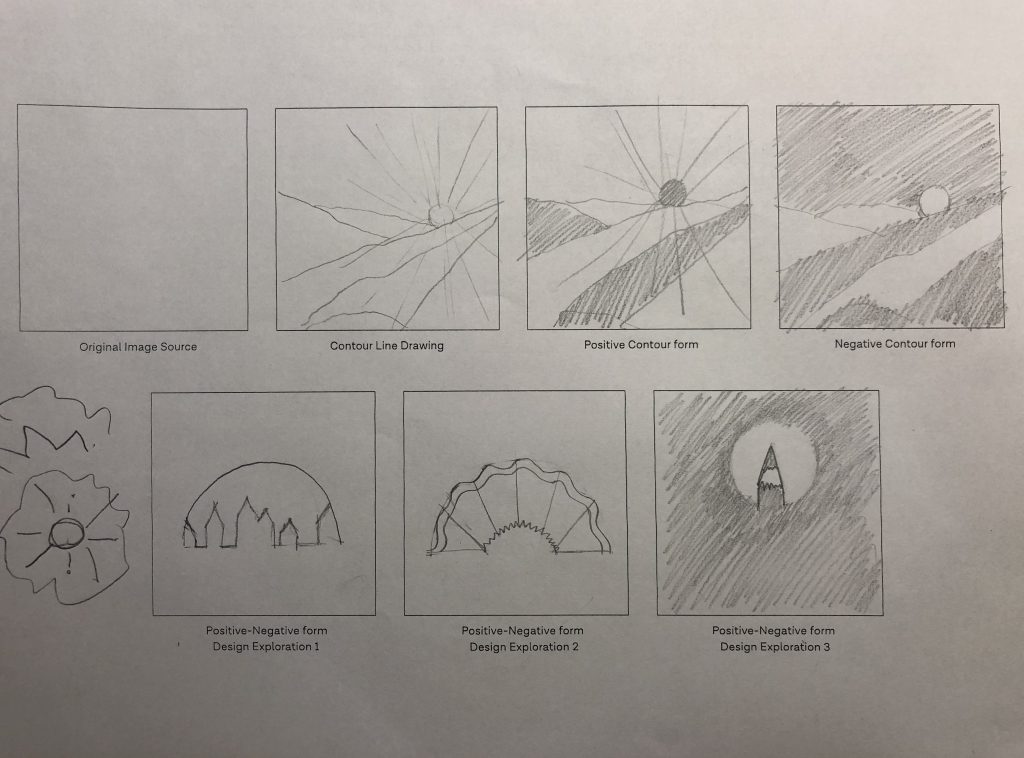
Idea two; initially I only thought of purely just sunrise and how to develop a simple form from it. While I was also exploring into colour pencil shavings, I realised the semi circle has the exact form of a sun viewed below the horizon. For the first exploration, I have tried integrating a the skyline into the sunrise to create the foreground and background effect. Second exploration was to have the colour pencil shavings in the form of a sunrise. Third exploration was to have the outline of a pencil inside of a circle which represents the sun.
 I have tried exploring the sakura into the colour pencil shavings. Also different types of sakura motifs as well.
I have tried exploring the sakura into the colour pencil shavings. Also different types of sakura motifs as well.
 The fourth sakura motif was the most applicable out of the rest, and it fits really well into the pencil shavings.
The fourth sakura motif was the most applicable out of the rest, and it fits really well into the pencil shavings.


Idea three; I played with the simple form of flying doves. Birds soaring up in the sky defines freedom. First exploration was the idea of “yin and yang”, having to doves placed side by side and playing with the positive and negative space.
The feedback was to explore more of the doves and how they can be integrated together with the flowers instead of hanging on individually.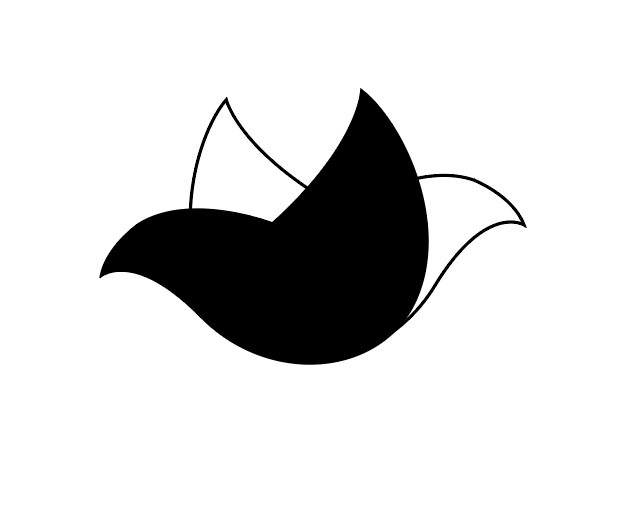
The doves were then even simplified into individual doves, black and white. As I was exploring with the placement, when the two individual doves comes flying together, they form into a flower. Also creating the foreground and background effect.
Colour explorations
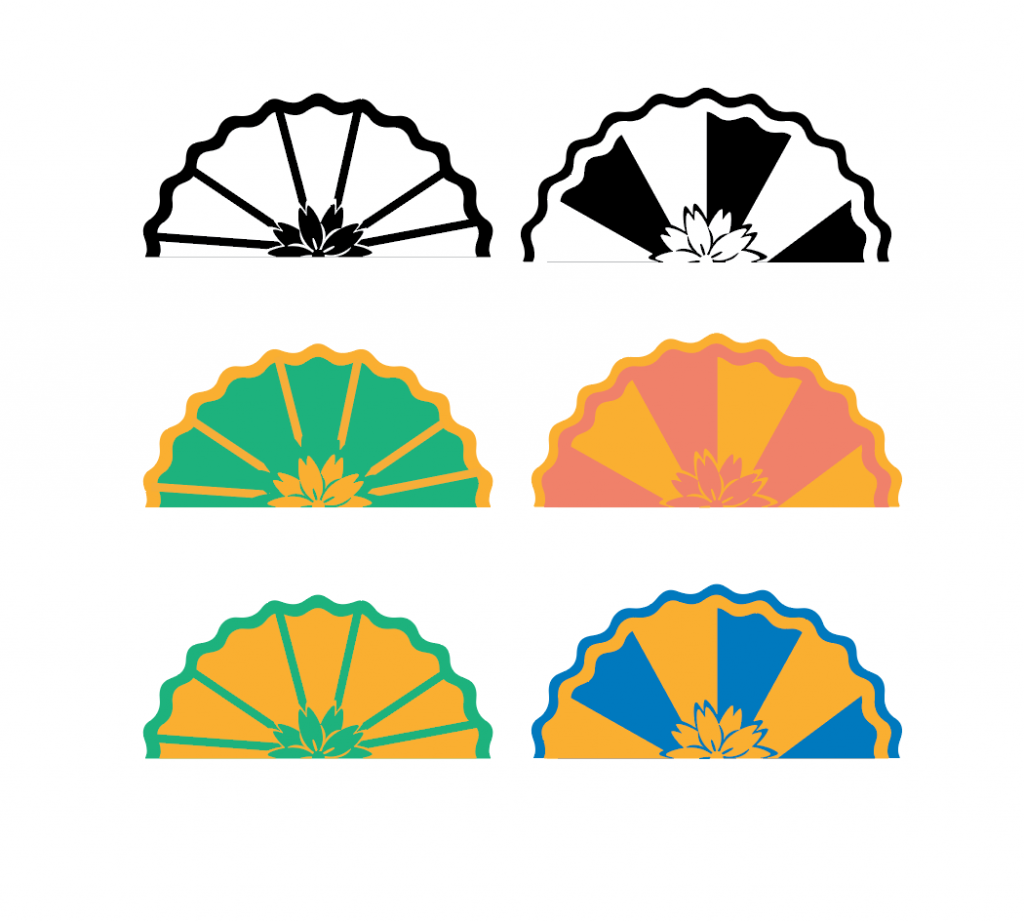
 The green and the orange didn’t really work out with the other two palettes. So in the end the final colours I chose was,
The green and the orange didn’t really work out with the other two palettes. So in the end the final colours I chose was,
complementary colours of red and blue,
analogous colours whereby I explored the different shades of red and blue.
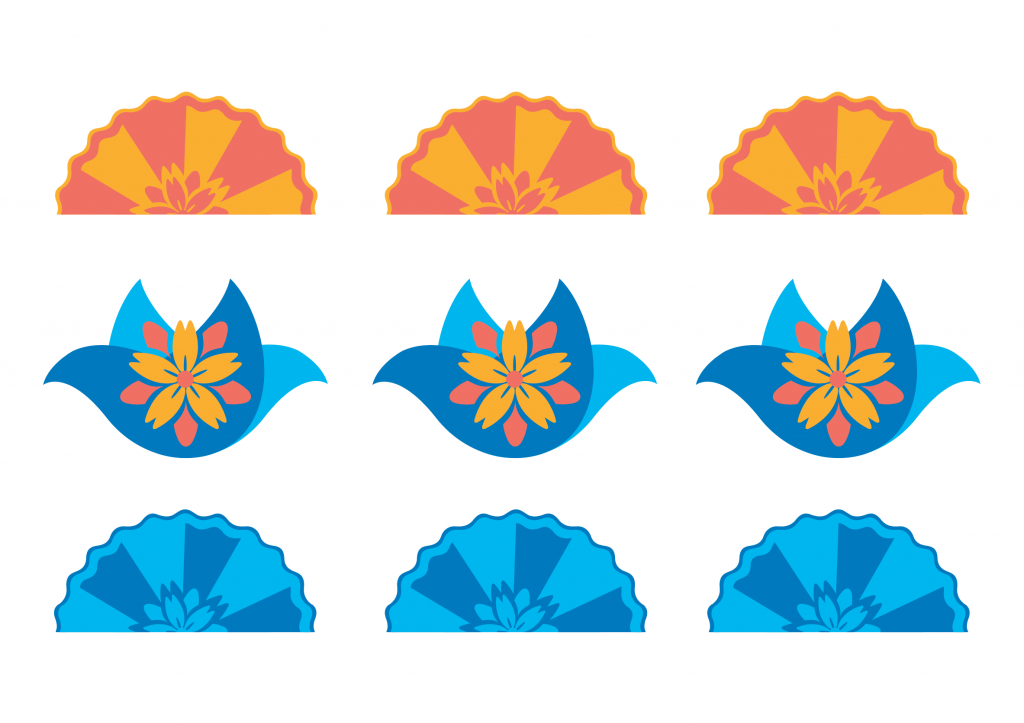
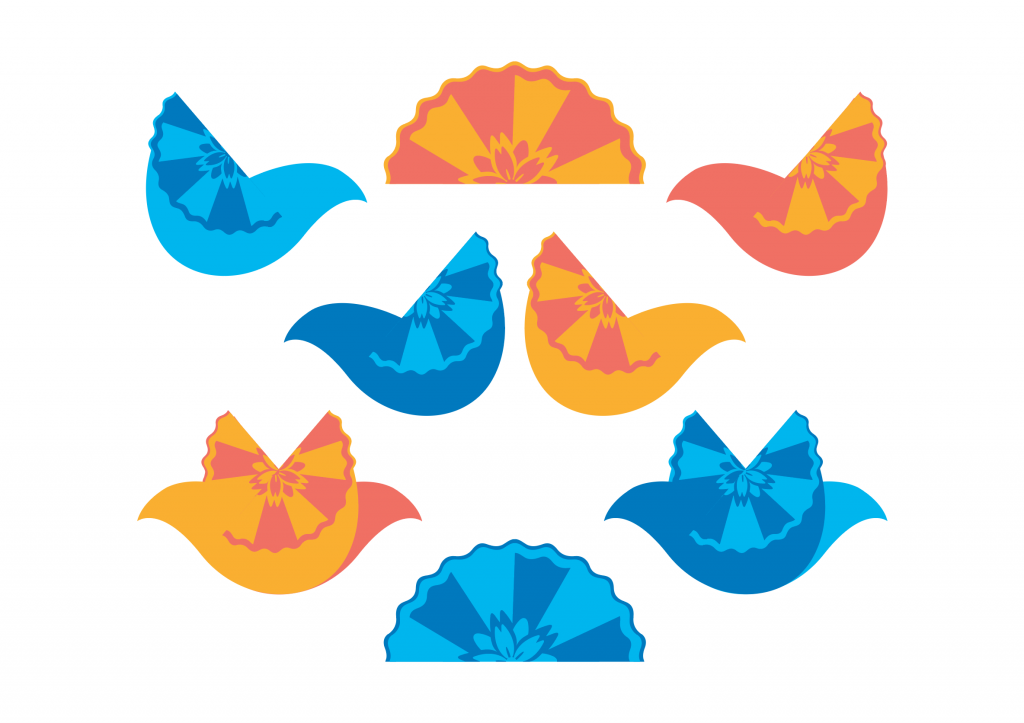
I integrated the sunrise pencil shavings into the doves as part of their wings as well.
The concept behind Supernormal is to eliminate any “extras” from the object and focuses more on the functionality. The object is then reduced to it’s most form of simplicity. Instead of being completely disappointed and shocked by the fact that the aluminium stools Naoto Fukasawa had designed for the Milan Furniture Show in 2005 were plonked on the floor for people to sit on rather than being displayed on pedestals like the other new products , he embraced it fully which started the new art movement “Supernormal” with Jasper Morrison, a product designer. Where his views were much different on the whole incident at the Milan Furniture Show where the designer’s set of well designed aluminium stools could seamlessly blend into the environment. Jasper did not only praised about the furniture but also raved about how the stools are so subtle, yet distinctive. This is where, they started the movement of Supernormal together. This is also where the two designers share a common commitment to reinventing the principles of early modernism: technological innovation and fitness for purpose.
The design world has drifted away from normality; it has forgotten its roots and the basic notion that we designers are supposed to take care of the man-made environment and try to improve it. Super Normal is a bridge between the two worlds, an attempt to reunite them. (Jasper Morrison, 2006). In order to achieve Supernormal, the object’s visual aspects have to be less emphasized and the interaction between the object and the environment. One category is when you look at something normal and say, “That’s really normal”; these are the things that have permeated daily life, things in which we don’t find any element of design. (Naoto Fukasawa, 2006).
Naoto Fukasawa mainly focuses on the impacts on it’s users with solely it’s functionality. As his philosophy would state, “Achieve simpleness as a way to achieve completeness and harmonious relationship between users, objects, and environment.” (Nedgis, N.D). Fukasawa’s theory is basically, “Without Thought”. Where he puts mindfulness in the typical, commonplace ways individuals connect and live in the environment (Fukasawa, 2007). In this manner, his plans regularly spin around the oblivious, agreeable accord of individuals and things in its condition (Fukasawa, 2007). He regularly utilizes the expression “planning the oblivious”, gathering the need to center around our “center mindfulness” (Fukasawa, 2007). Perceptions at that point transform into expository separate of the each activity we make, having a “functioning memory” of each progression in our day by day errand (Fukasawa, 2007). His plans fuses human characteristics that plays with our normal learning of critical thinking. He utilizes shape, shading, surface in its most dense way in his design in the improvement of his shortsighted mechanical outlines for clients to have an instinctual learning of how and what the object is utilized for, stripping the requirement for a guideline manual (Fukasawa, 2007). He regularly utilizes the expression “planning the oblivious”, gathering the need to center around our “center mindfulness” (Fukasawa, 2007).
Jasper Morrison, empowering thoughts to surface, abstaining from making an “exterior” for the object, making things out of nothing. Rather, it is by monitoring what is as of now in the encompassing (Fukasawa, 2007). He portrayed Supernormal design as “absence of issues” (Fukasawa, 2007). The outline itself appear to have a facilitate that propose that the issue never truly existed, particularly lined up with Marcel Duchamp’s thought of “there is no arrangement on the grounds that there is no issue” (Fukasawa, 2007). There is a reasonable thought tapped onto the possibility of Supernormal design. They have positive climatic impact and naturally, they look intensely typical (Fukasawa, 2007). They are objects that we are so much familiar with and that we utilizes them without any consideration or hesitant. Supernormal design “plays on a more profound level of human sensibilities” as it charms to a regular information we as a whole have, in light of our mutual encounters. It is the experience of making sense of things with what we have and attempting to get by in our regular living environment (Fukasawa, 2007).